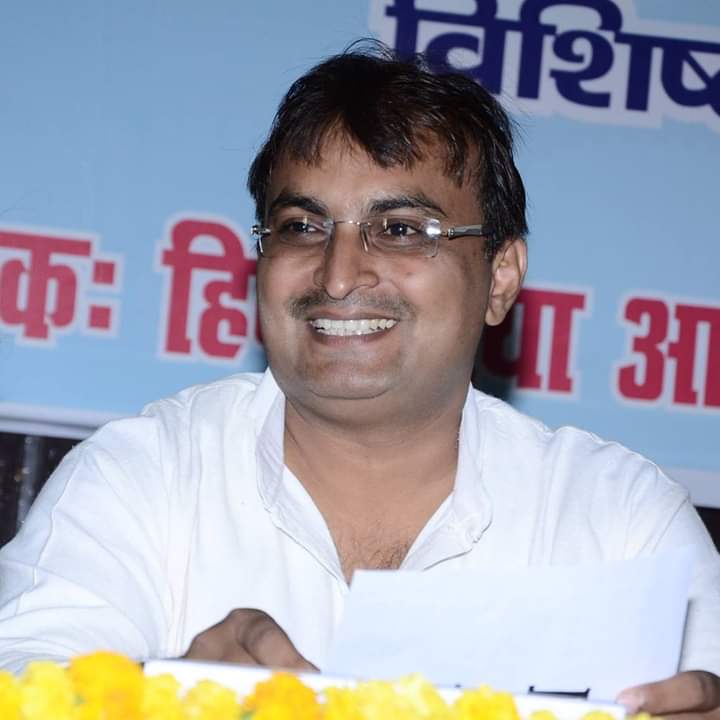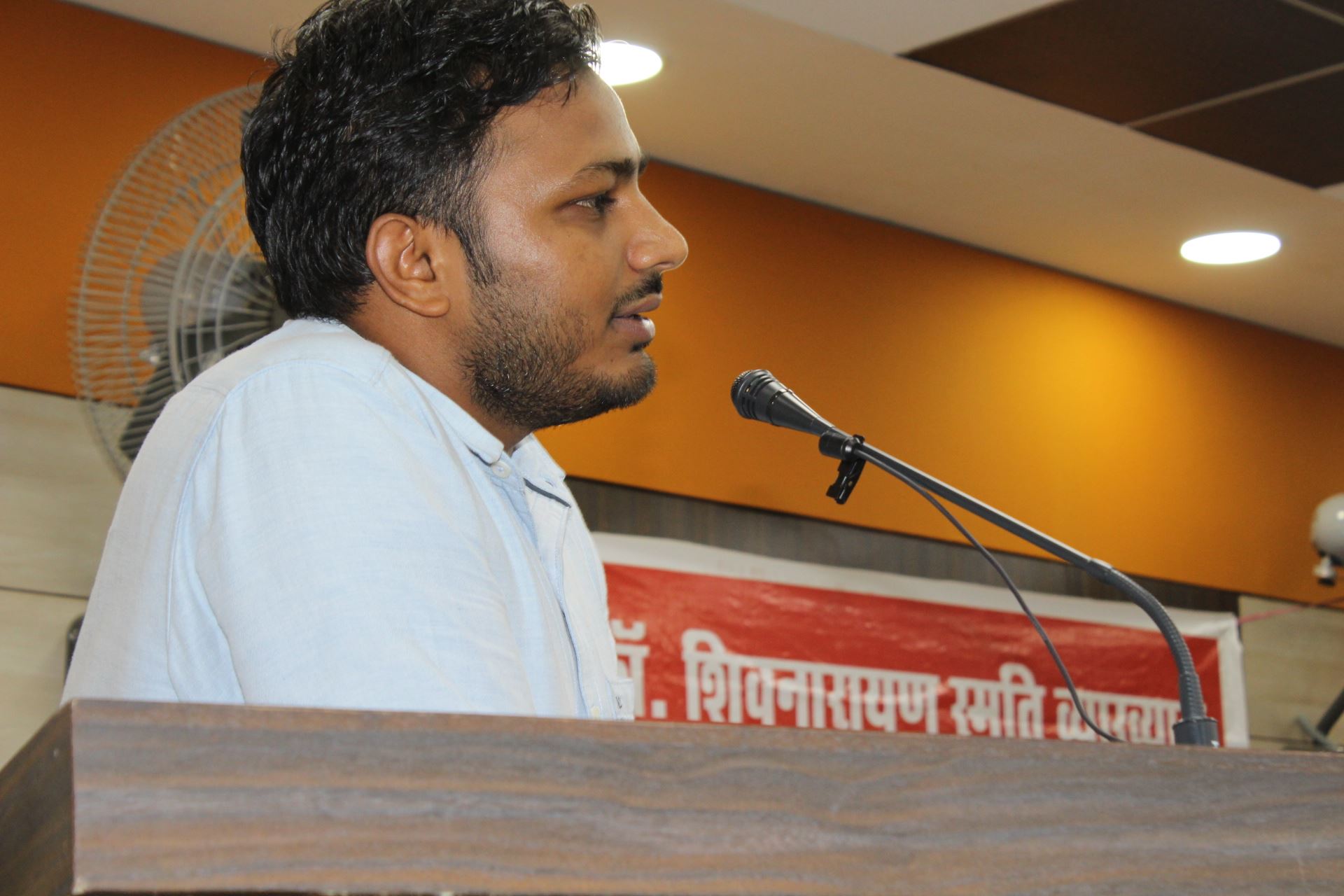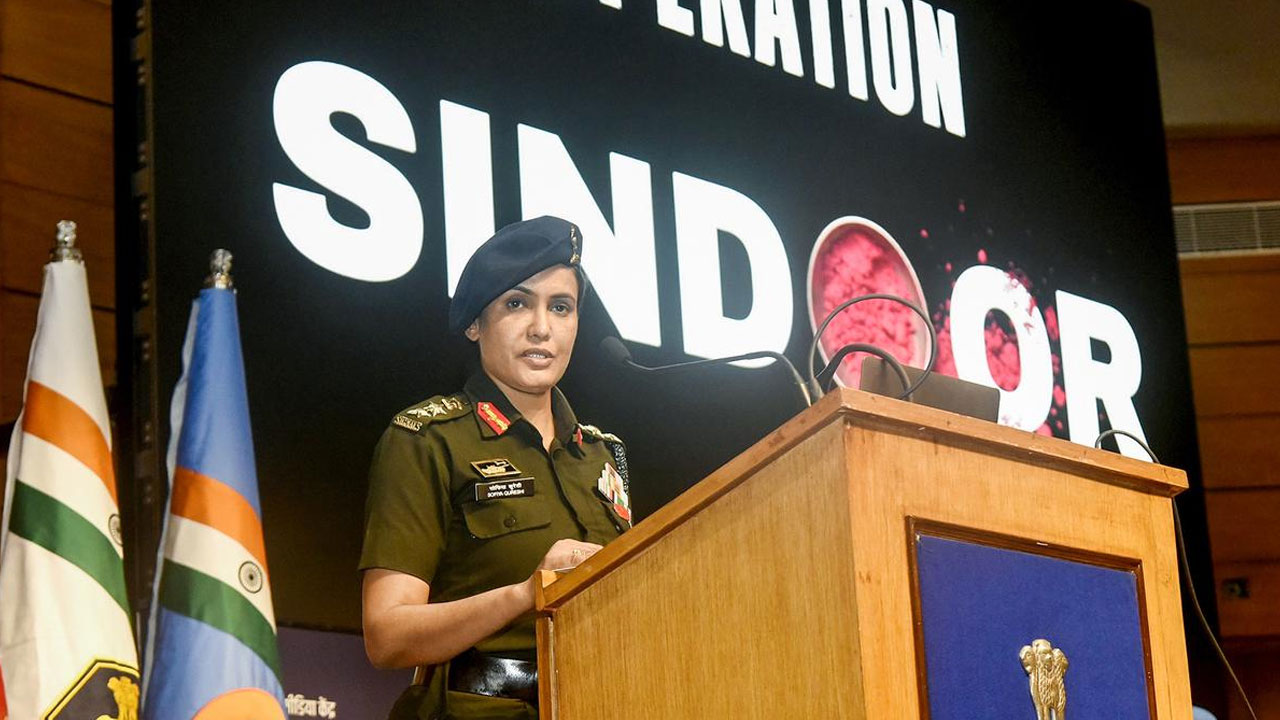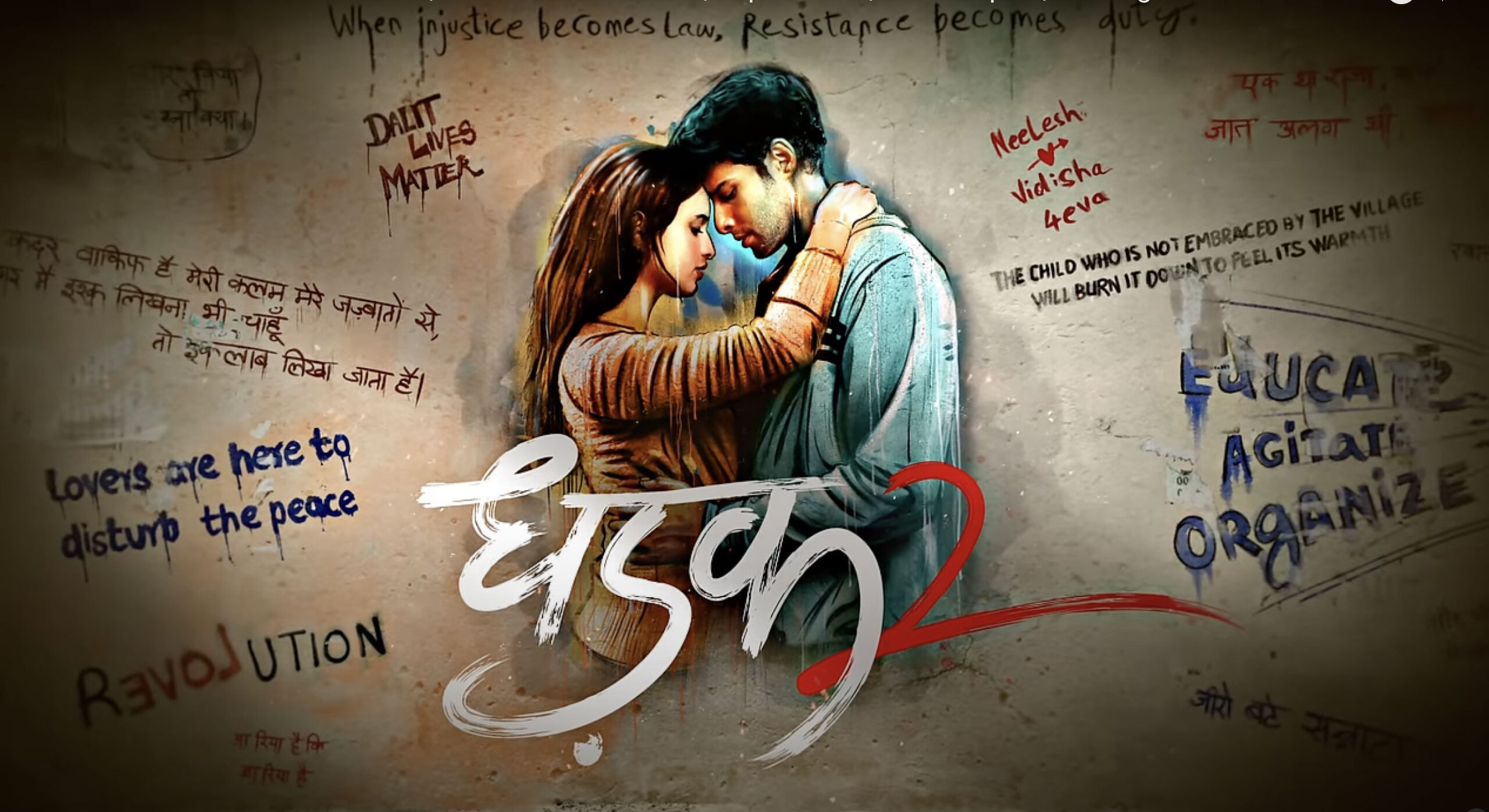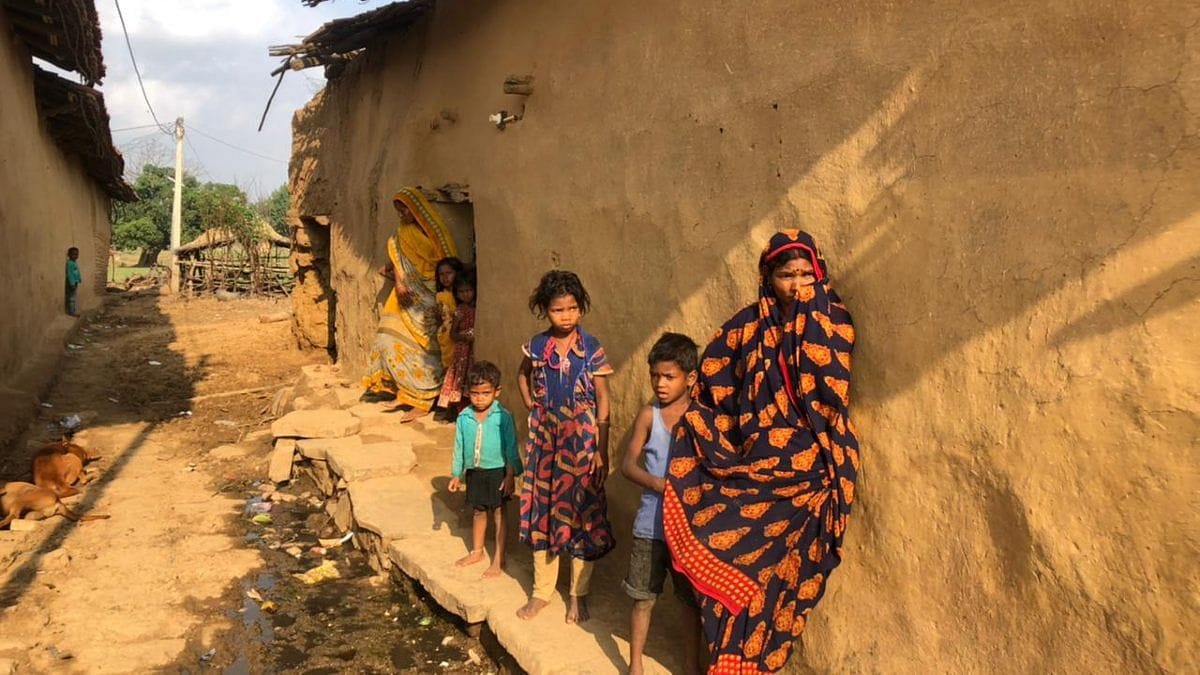Modern education was introduced in India during the colonial era. Thanks to the efforts of social reformers like Jotirao Phule and Savitribai Phule, the poor and the deprived sections got access to education. The Phule couple opened the doors of education for the Dalits, the Backwards and the women. Dr Ambedkar considered education as the most powerful means for ending deprivation. But it was not easy for the deprived sections to acquire an education, given the fact that they were kept away from learning for hundreds of years. Due to the lack of awareness, education could reach only a small section of the deprived. When India became independent, the literacy rate was just 12 per cent. One can easily imagine what must have been the literacy rate of the “Untouchables” at the time. India’s first prime minister, Jawaharlal Nehru, laid great emphasis on higher education. IITs, IIMs, AIIMS and many universities were established. It is apparent that at that juncture, only the prosperous savarnas could have entered their portals. Due to lack of emphasis on primary and middle education, it was next to impossible for the deprived people to get access to these top institutions of higher learning. Later, the governments shifted their focus to primary and middle education. In the 1980s, substantial budgetary allocations were made to give a boost to school education.
The report of the Kothari Commission (1964), on the basis of which the First National Education Policy (1986) was formulated, begins with the sentence “The destiny of our country is being shaped in the classrooms”. Education was sought to be used to help build a socialist society and promote national unity. Two committees were constituted under the chairmanship of Acharya Ramamurti and N. Janardan Reddy in 1990 and 1992, respectively. But still, the institutions of higher learning remained the exclusive preserve of the elite. According to Prof Satish Deshpande, the eminent sociologist, after Independence, India, in the form of caste-based reservations, launched the world’s biggest programme to compensate for past discrimination, but the top higher education institutions were kept out of it. Deshpande says the reservations for SCs and STs were introduced in these elite institutions quite late and that too in a disparate manner, and their impact could become visible only in the decades that followed.
In 2006, the National Knowledge Commission was constituted under the chairmanship of Sam Pitroda. The Commission was mandated with suggesting measures for improving higher education in the country. In the same year, reservations for OBCs were introduced in IIMs, IITs and in all central universities through the Constitution (93rd Amendment) Act. Twenty-seven percent reservations for OBCs were introduced in these institutions in phases, beginning in 2008. These institutions were already providing 15 and 7.5 reservations for the SCs and the STs respectively. But all reserved seats were never filled up.
According to the data for the year 2013-14 published by the Union Human Resources Ministry (now Education Ministry) in 2015, despite reservations for SCs, STs and OBCs, Savarnas constituted 70.2 per cent of the teaching positions in central universities and the institutions of National Importance. Prof Deshpande writes that in all likelihood the Savarnas formed 90 per cent or more of the faculty in these institutions before the 1980s and today, they, who are approximately 15-20 per cent of India’s population, make up 70 per cent of these institutions. In his opinion, it would not be an exaggeration to say that an apartheid-like exclusionary system operates in the Indian higher-education sector.
Broadly, higher education can be divided into two categories. The first is vocational or practical education, which imparts skills and builds efficiency. These skills and efficiencies can be used in the labour market to fulfil the immediate needs of the economy. The second is academic education, which helps in inclusive and long-term development of society. In the decade of 1990s, the politics of social justice gathered steam under the leadership of the Dalit and OBC castes. This brand of politics was led by youngsters educated in universities and technical institutions. This politics aimed at creating a level playing field. It dreamt of freeing the people from deprivation and oppression. The Savarna politics of Hindutva, which basically arose to oppose the reservations to the OBCs, called for “levelling” a 16th-century religious structure. One wanted to level the feudal structure of the country, the other wanted to level a religious structure. In this reservations-versus-Hindutva battle, religion took precedence over deprivation.
Ending the reservation regime and restoring the control of the savarnas on all resources is the unstated but the most vital objective of right-wing Hindutva politics. To perpetuate the hold of the Savarnas over institutions of higher learning, in the year 2000, the then Atal Bihari Vajpayee government constituted Ambani-Birla Committee on privatization of higher education. The plans of the Vajpayee government, however, could not materialize. The Congress-led UPA government, which came to power in 2004, introduced reservations for OBCs in higher education. But figures show that the measure could not be implemented on the ground even during the tenure of UPA-II government.

But OBC reservations started changing the social complexion of the campuses. The number of students from Extremely Backward Castes, Dalit students and students from the weaker sections of the minority communities began rising. New organizations of the deprived sections came into existence. They were vocal on issues related to reservation as well as injustice and harassment on campuses. With Narendra Modi coming to power, riding on the plank of aggressive Hindutva backed by corporate czars, began a campaign to foist the ideology of the Rashtriya Swayamsevak Sangh (RSS) on educational institutions. The suicide of Rohith Vemula, a Dalit student of Hyderabad Central University, in February 2016, was the outcome of this campaign. Concerted efforts are being made to use Hindutva to establish the hegemony of the Savarnas in institutions of higher learning ranging from the Jawaharlal Nehru University (JNU) to Jamia Millia Islamia and from the Delhi University (DU) to Lucknow University. Prime Minister Narendra Modi, a self-proclaimed OBC, without making much noise, has almost throttled the reservation regime. On the other hand, Modi has given reservations to the “poor savarnas”. This decision was not only unconstitutional but was taken without any demand being made or social pressure being mounted. Writ petitions filed by different organizations seeking quashing of this provision are pending before the Supreme Court.
Educational institutions are at the top of the agenda of the Modi government and the RSS. These institutions are being saffronized in the name of making India the Vishwaguru. The ultimate objective is establishing the hegemony of the Savarnas in these institutions through religious rituals and symbols. This ideology seeks to turn the members of the backward classes into servile workers, instead of giving them an opportunity to realize their full potential and for this, it would be necessary to keep these educational institutions out of their reach. Another issue is that thousands of posts in these institutions are lying vacant. The government does not seem to be in a mood to fill these posts. Contractual appointments have become the norm in higher educational institutions. There is no provision for reservations in contractual appointments and in the private sector. Meritocracy is an old argument that is frequently used to keep the reserved posts vacant. The few institutions that are recruiting are using the None-Found-Suitable (NFS) excuse with impunity. In fact, this is a conspiracy to abolish the reserved posts. If an interview panel declares that no candidate was found suitable, there is no way to challenge its conclusion in courts of law.
According to data tabled in this Monsoon session of Parliament by the Ministry of Education, 6,549 teaching posts are vacant in the Central universities. The Delhi University tops the list with 900 vacant posts followed by Allahabad (622), Banaras Hindu University (532), Aligarh Muslim University (498) and Jawaharlal Nehru University (326). The ministry also informed the House that 4,807 posts had been advertised since August 2021.
In reply to a question by CPI MP A.A. Rahim, the Ministry of Education said that 3,669 reserved posts in Central Universities are vacant. At a time when the Modi Government is shouting from the rooftops that after a Dalit, it has made an Adivasi the President of India, 988 posts reserved for SCs, 576 for STs, 1,761 for OBCs and 344 for persons with disabilities are lying vacant in these universities. Candidates who had applied for teaching positions in Central Universities were told “None Found Suitable”. According to the reply furnished by the Ministry of Education, in JNU, 22 posts reserved for SCs, 10 for STs and 33 for OBCs could not be filled as no candidate was found suitable. Similarly, in Hyderabad Central University, all 74 posts reserved for SCs, 66 for SCs and 14 for OBCs remained unfilled and the reason given is “None Found Suitable”. In the BHU, 16 posts meant for the SCs, 11 for the STs and 6 for the OBCs were not filled for the same reason.
In this connection, a report published by the Indian Express in its edition dated 22 July 2022, is worth mentioning. According to the report, the Indian Institutes of Management (IIMs) are nowhere near meeting the reservation norms for their PhD programmes. Here too, the excuse is “None found Suitable”. According to the report, in the IIMs, in 2018-19 and 2021-22, only 50 of the 1,636 SC applicants, 15 of the 403 ST applicants and 130 of the 3,110 OBC candidates were selected for PhD programmes. These figures were provided by the Ministry of Education in a written reply to a question by CPM MP V. Sivadasan. Thus, of the 757 students were admitted to PhD programmes in the IIMs in 2018-2019 and 2021-22, 6.6 per cent were from the SCs, 1.98 per cent from the STs and 17.17 per cent from the OBCs. General-category candidates formed 72 per cent of the selected candidates.
The fact is that a project is underway in India – which is undoubtedly the Vishwaguru when it comes to right-wing Hindutva politics – to drive out the Dalits, the Backwards and the Adivasis from government jobs and educational institutions and reduce them to subservient positions. Power is being grabbed through communal polarization and caste politics.
(Translation: Amrish Herdenia; copy-editing: Anil)
Forward Press also publishes books on Bahujan issues. Forward Press Books sheds light on the widespread problems as well as the finer aspects of Bahujan (Dalit, OBC, Adivasi, Nomadic, Pasmanda) society, culture, literature and politics. Contact us for a list of FP Books’ titles and to order. Mobile: +917827427311, Email: info@forwardmagazine.in)
The titles from Forward Press Books are also available on Kindle and these e-books cost less than their print versions. Browse and buy:
The Case for Bahujan Literature
Dalit Panthers: An Authoritative History


